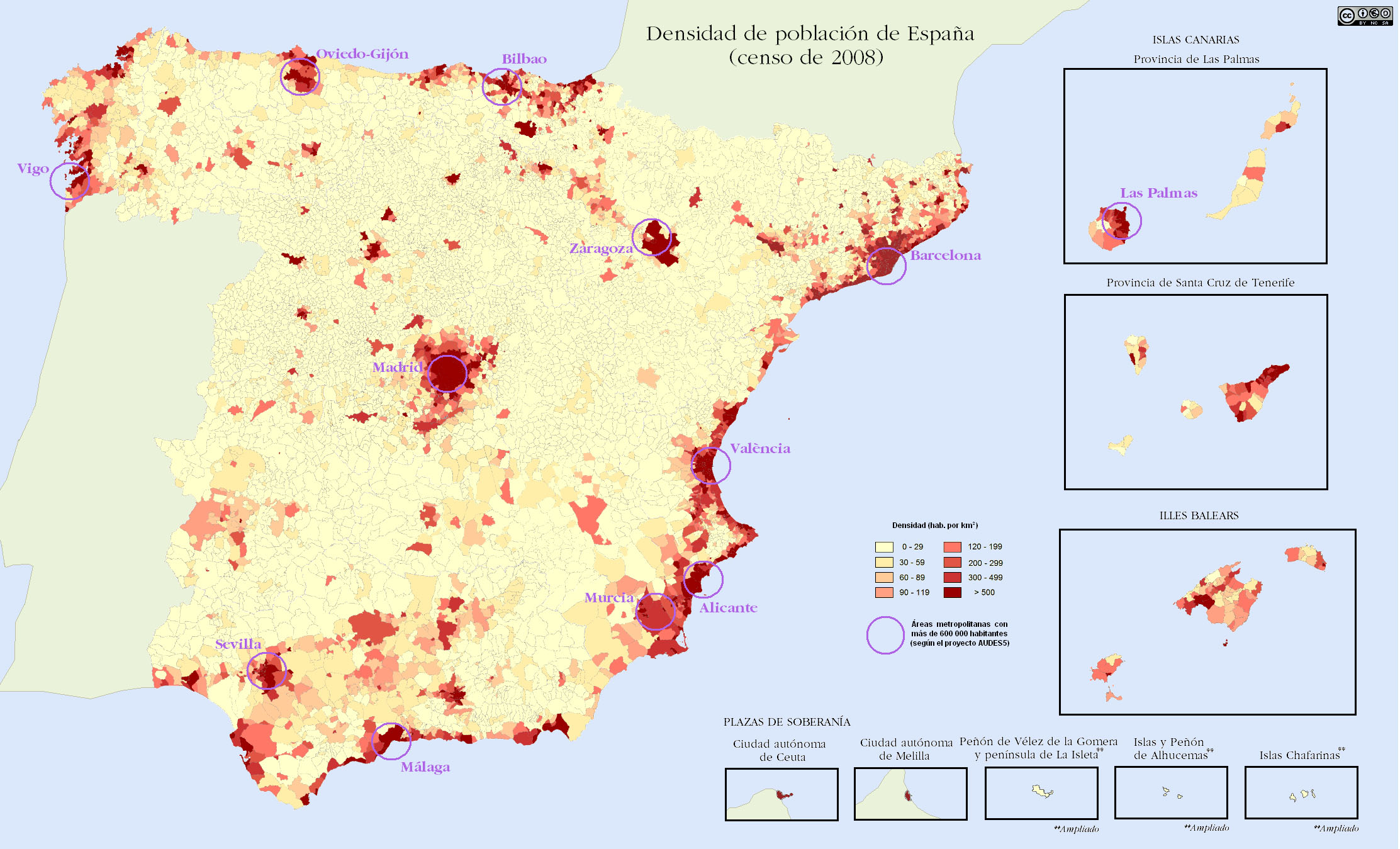The population density of the EU is 114 per km2. Ireland and Greece have low population densities. Germany and the UK have high population densities.
The fertility rate of the EU is 1.6 children per family. Ireland and France have higher fertility rates. Portugal and Germany have lower fertility rates.
The EU's population is 52% female and 48% male.
The average age of people living in the EU is increasing. This can cause problems in the future because there are many retired people and fewer people working.
There are 28 countries in the EU. The EU's population contains many different ethnic groups. There's a lot of inmigration to the EU from non-EU countries. People also migrate from one EU country to another. The nationality with the highest number of people in the EU is German, and Turks are the largest inmigrant group. 7% of the people who live in the EU are inmigrants from non-EU countries.
 |
| Europe Population Density Map, from Online Maps by Rand McNally. |
And now, let's play:



















